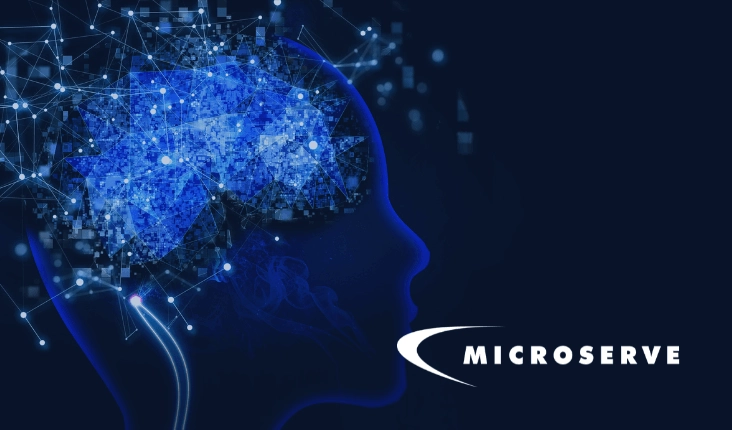Welcome to the final instalment of our blog series, where we conclude our exploration of the intersection between generative artificial intelligence (AI) and cybersecurity. In this post, we delve into practical strategies for mitigating the multifaceted threats posed by generative AI technologies.
Proactive Defence: Strategies for Detecting and Combating Deepfakes
As the proliferation of deepfakes continues to pose significant challenges, organizations and individuals must adopt proactive measures to detect and combat synthetic media manipulation. Advanced detection algorithms and forensic techniques developed by researchers at institutions such as MIT and Stanford University offer promising avenues for identifying deepfakes with higher accuracy.
Moreover, collaboration between technology companies, academic institutions, and government agencies is essential in developing comprehensive solutions to address the deepfake phenomenon. Initiatives like the Deepfake Detection Challenge organized by Facebook, Microsoft, and other industry leaders serve as catalysts for advancing detection capabilities and fostering innovation in the fight against synthetic media manipulation.
To further bolster defence against deepfakes, ongoing research into adversarial training methods and defensive strategies is crucial. Recent studies have explored the effectiveness of adversarial examples in improving the robustness of deepfake detection models. By leveraging insights from adversarial machine learning, cybersecurity experts can enhance the resilience of detection systems against adversarial attacks and emerging threats in the realm of generative AI.
Countering Synthetic Misinformation: Strengthening Digital Literacy and Media Literacy
To combat the spread of synthetic misinformation, efforts to strengthen digital literacy and media literacy are paramount. Educational initiatives aimed at empowering individuals to critically evaluate information sources and identify manipulated content play a crucial role in building resilience against misinformation.
Organizations and educational institutions can collaborate to develop curriculum materials and training programs that equip individuals with the knowledge and skills to discern between authentic and manipulated content. By promoting media literacy and fostering a culture of critical thinking, we can mitigate the impact of synthetic misinformation on public discourse and societal trust.
Additionally, interdisciplinary research initiatives involving psychologists, educators, and technologists can provide valuable insights into cognitive biases and psychological factors influencing susceptibility to misinformation. By understanding the underlying mechanisms of belief formation and information processing, we can develop targeted interventions to inoculate individuals against the influence of synthetic misinformation.
Enhancing Cyber Resilience: Implementing Multi-Layered Security Measures
In the face of evolving cyber threats fueled by generative AI, organizations must adopt multi-layered security measures to enhance cyber resilience. Robust authentication mechanisms, encryption protocols, and access controls are essential components of a comprehensive cybersecurity strategy.
Furthermore, leveraging AI-driven security solutions can bolster defence capabilities against emerging threats. Machine learning algorithms can analyze vast amounts of data to detect anomalous patterns and potential security breaches, enabling organizations to proactively identify and mitigate cyber risks.
As cyber threats evolve, continuous monitoring and adaptation of security measures are imperative. Security teams must stay abreast of emerging threats and vulnerabilities, collaborating with industry peers and cybersecurity experts to share best practices and insights. By fostering a culture of collaboration and innovation, organizations can fortify their cyber defences and safeguard against the ever-changing landscape of cyber threats.
Forging a Path Forward in the Age of Generative AI
As we conclude our exploration of cybersecurity concerns in the era of generative AI, it’s evident that collaboration, innovation, and vigilance are essential in safeguarding the digital landscape. By adopting proactive defence strategies, strengthening digital literacy, and implementing multi-layered security measures, we can mitigate the risks posed by generative AI technologies and build a more secure and resilient digital future.
Join us in our ongoing quest to navigate the complexities of generative AI and chart a course toward cyber resilience. Together, we can harness the power of technology to confront cyber threats and protect the integrity of our digital ecosystem. Thank you for joining us on this journey, and stay tuned for more insights and analysis on emerging technologies and cybersecurity challenges.




